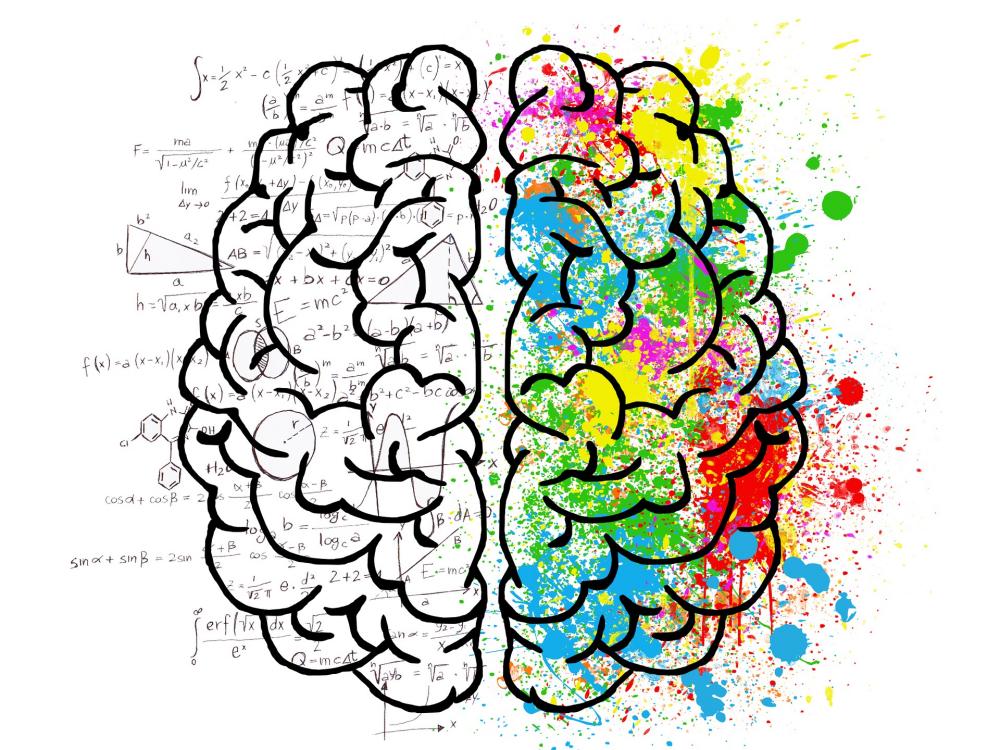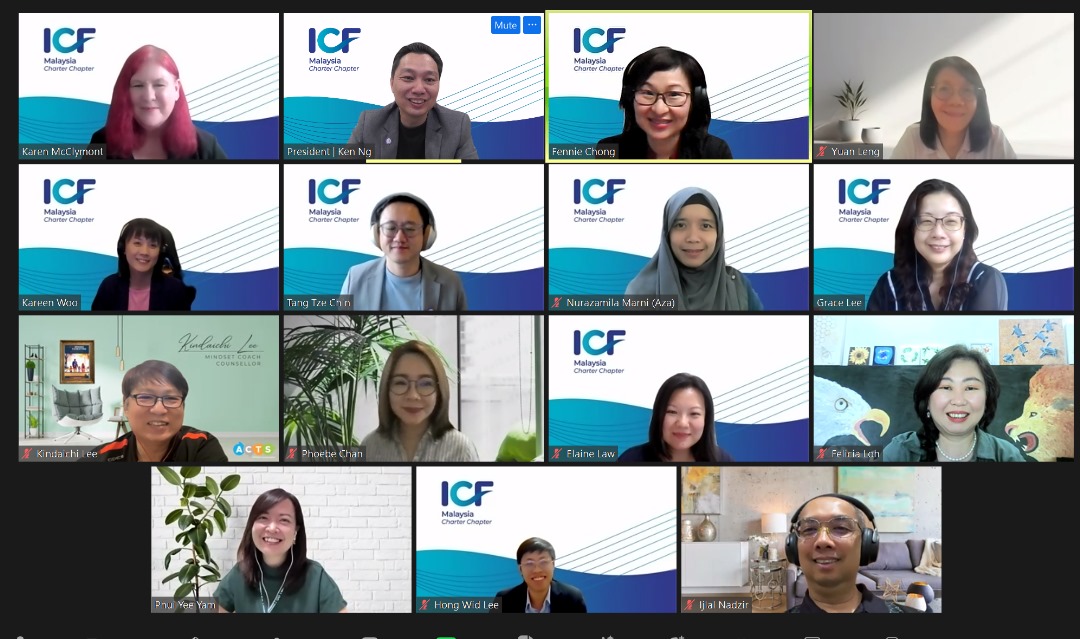Shifting out of Negative States
9 July 2021
As a coach or a leader, emotions such as fear, anger, sadness, anxieties, worry, shame, guilt are strong emotions that can interfere with our well-being and leadership effectiveness. Emotions are just energies arising from our interpretations and meanings that we have attached to any event or people.
You may be already aware why it is important for us to shift our disempowering emotions. Our feelings determine the quality of interactions with the people around us. We affect people around us through our body language, tone and words. The result of those interactions can determine future outcomes. Helping ourselves or our clients make that emotional shift is an important step towards a happier relationship, better health and positive outcomes.
Emotions are neither good nor bad. They are just energies which can be a source of information, telling us of what is happening with our body and thoughts. However, I shall label an emotion as negative if they are not serving in a useful manner. When our disempowering emotions linger for a period of time, it creates negative states and moods that disrupts our well-being. Emotions arising from thinking about the past include sadness, guilt, hurt, ashamed; emotions related to the present includes feeling inferior, lonely, shy, and thinking negatively about the future may generate emotions of fear, anxieties, worry, overwhelmed. Below is a vocabulary of words describing various kinds of emotions.
Step 1: Awareness – Being mindful and aware of our feelings is the first step in shifting negative emotions. When we are aware, it provides us with the choice to decide.
Step 2: Identify & Label – Being aware and then pinpointing the emotion reduces the intensity of the negative emotion. It takes us from the actor position, feeling it, to the observer position, noticing it. As we step into the observer position, we ask ourselves, “What is this emotion that I am experiencing?” Once we give it a name, it draws our attention and consciousness to it, instead of allowing it to affect us unconsciously in the background.
Step 3: Know the source – There are many sources that triggers negative emotions but the 3 main ones are our attachments, expectations and needs. “Attachments” are things or people that we are not able to let go of, while “expectations” are situations/ behaviours that we want happen in our way and in our time while “needs” are basic human psychological requirements such as the need to belong, to feel important, to love. When the needs are unfulfilled, we experience negative emotions. When we are able to label the emotion and the identify source, we then understand our emotional pain at the intellectual level.
Step 4: Making The Shift – Understanding our emotional triggers and states at an intellectual level does not guarantee any shift. Emotional shifts happens only when we can find a compelling reason to do so; when we change the meaning that we have attached to an event or person. Changing our thinking is called reframing our thoughts i.e. seeing things from a different perspective and putting new meanings to our past, present or future situations. Here is a question, “What new meaning can I attribute to the situation/ person that may help me look at it in a different way?”, “What value will I get if I choose to interpret the situation in that way?”
Powerful emotion-shifting questions: It is often said, “The answer lies in the question”. When we ask ourselves a useful question, we start our journey to discover and learn. Here are some more questions that you can use: “What am I getting by being in this state?”, “What is the state that I want to be in?”, “What do I need to let go of, to achieve my desired state?”, “What meaning am I attaching to this event that is creating my emotion?”, “What other possible meanings can I associate the event that can allow me to see it in a positive manner?”, “What assumptions am I making?”, “What might change if my assumptions were not true?”, “What do I need to accept in order to move forward from here?”, “What advise would I give someone who is experiencing this situation?”
Re-focus – Channelling our mental focus and energy towards more useful activities can support our journey to make that shift. Here are some ideas to do that. 1. Compile a gratitude list every day; 2. Re-frame and identify what is good about the situation; 3. Direct your energy through exercise and taking nature walks; 4. Focus on a positive future outcome; 5. Accept and experience the existing emotion deeply instead of trying to ignore or push it away; 6. Practice Emotional Freedom Techniques; 7. Be around positive people.
Making that decision – Ideas on how we can shift our negative emotions will only be useful when we make a conscious decision to change. Have you decided if you want to shift your disempowering emotional state or mood? Make a loud declaration to yourself when you are ready. Here is a quote, “You can’t start the next chapter of your life if you keep re-reading the last one.”











